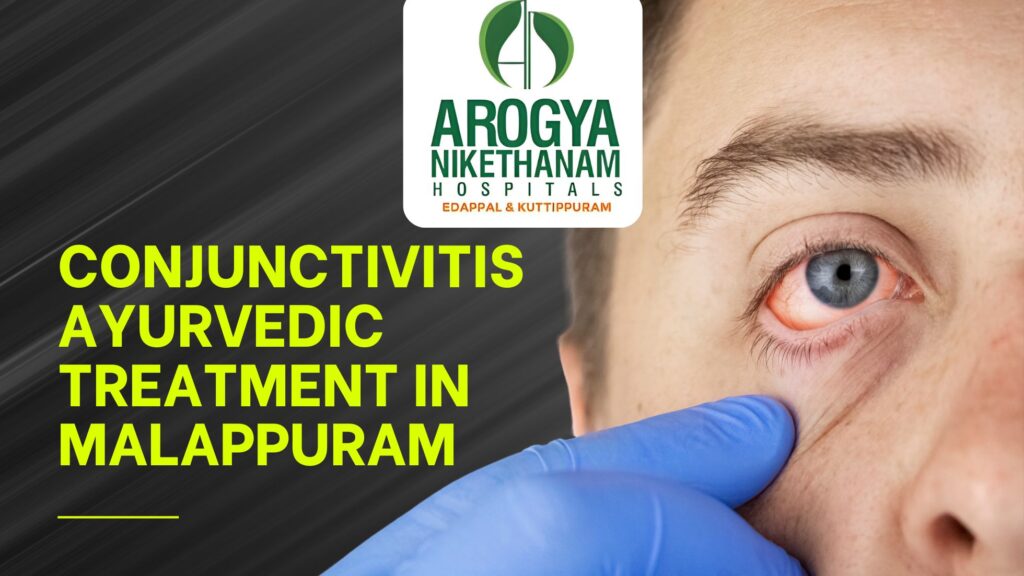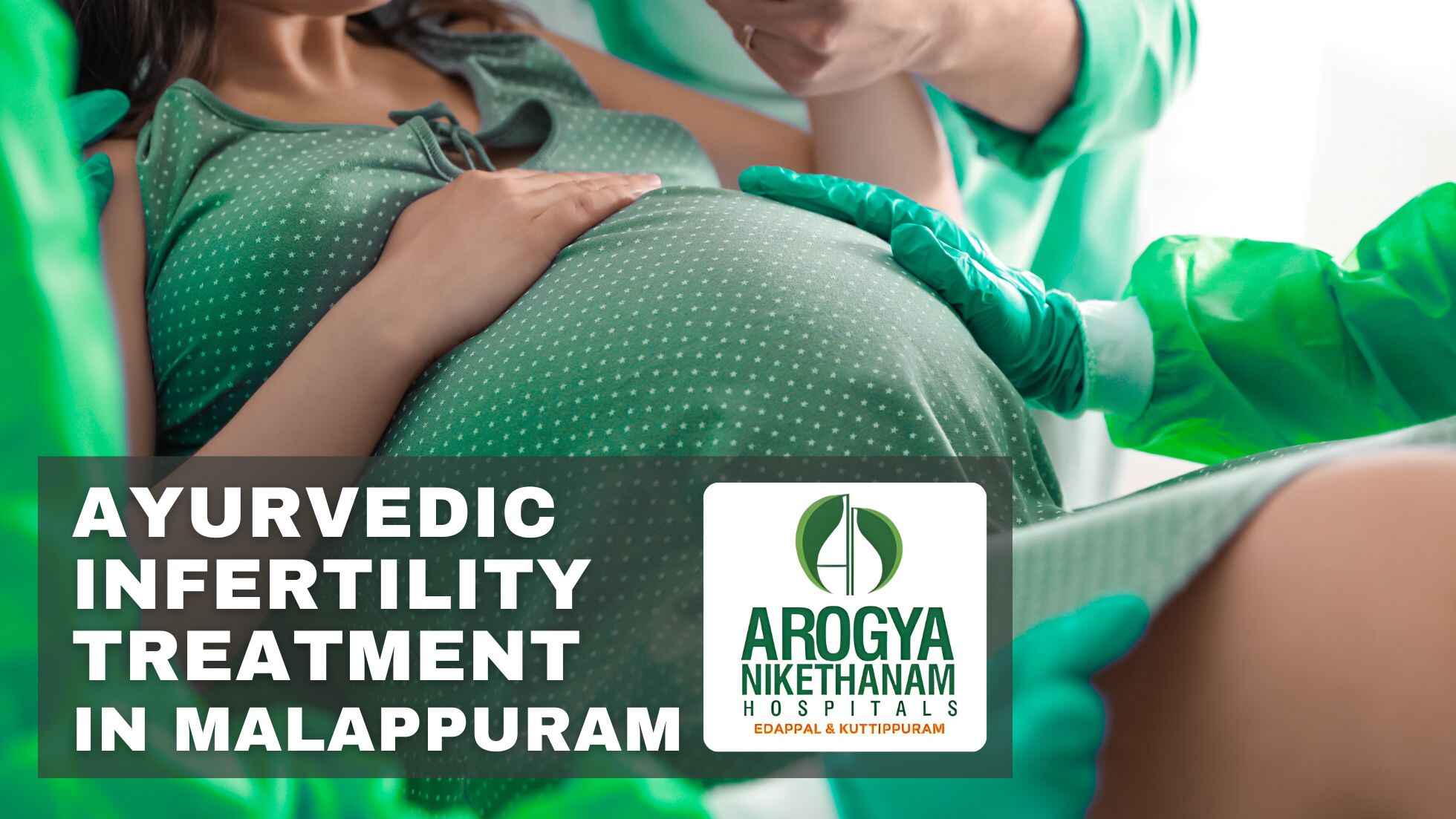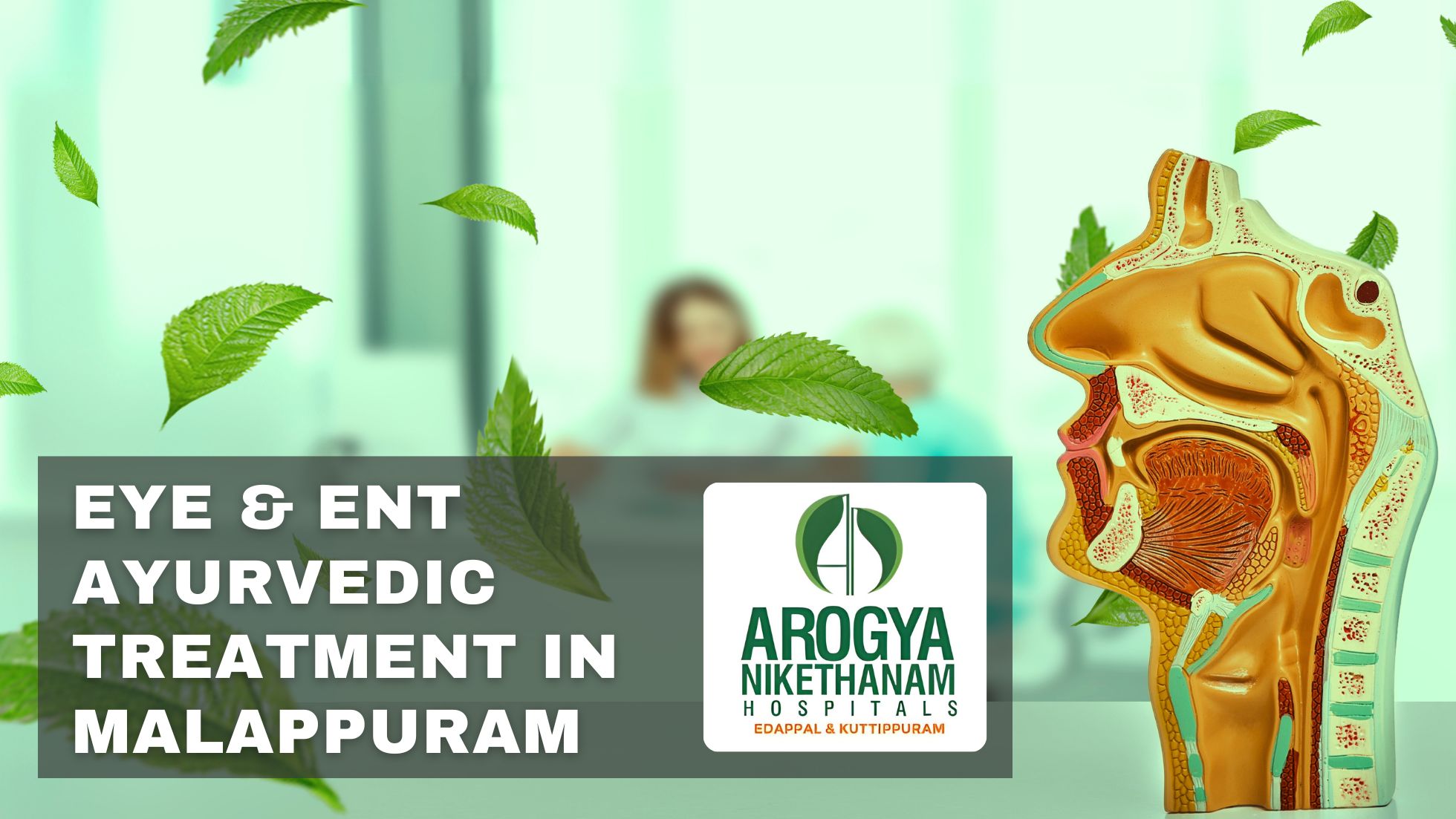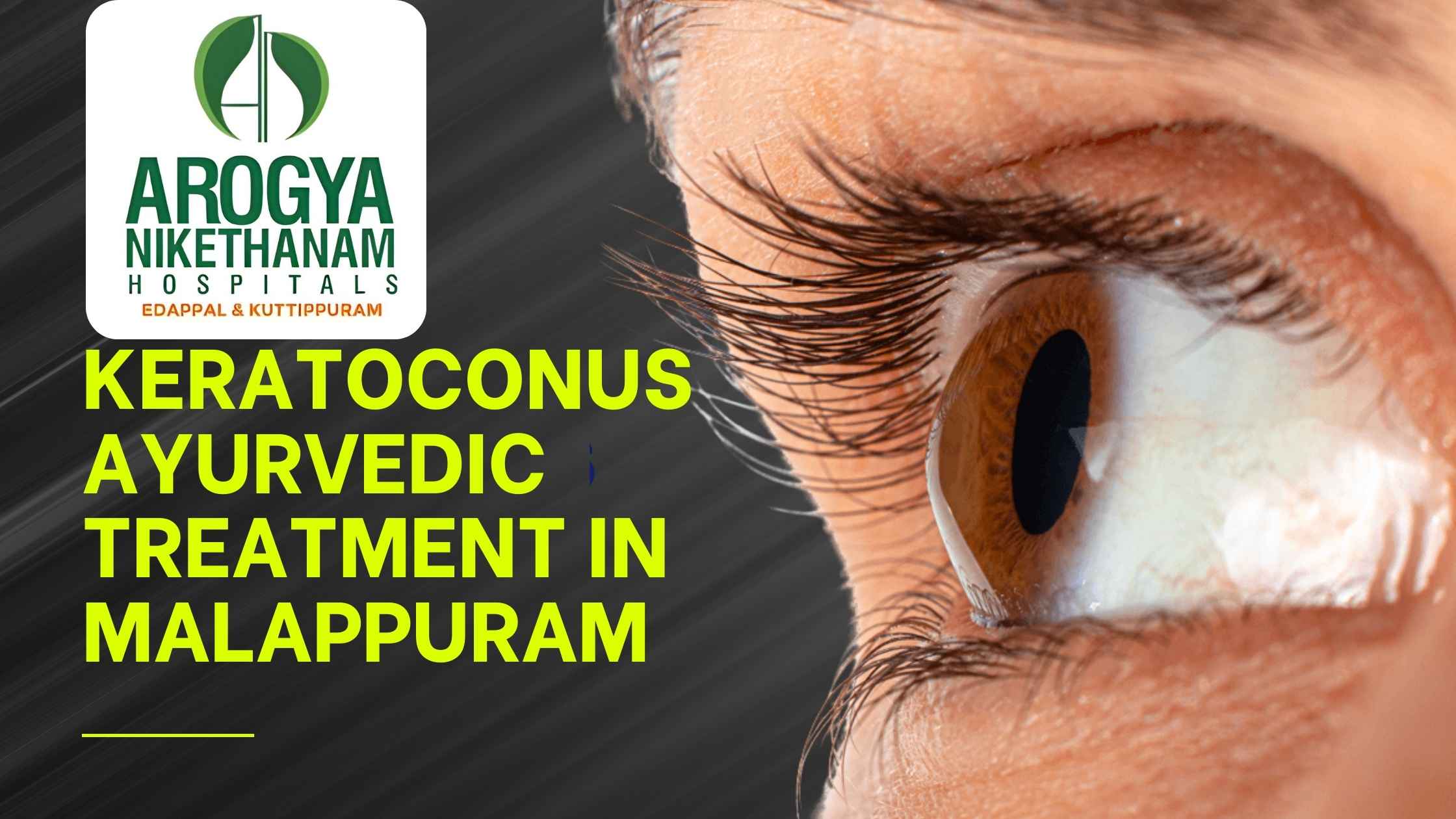Conjunctivitis—often called “pink eye”—is an inflammation or infection of the conjunctiva, the clear membrane lining your eyelids and covering the white of your eye. Symptoms include redness, itching, burning, watery discharge, and a gritty feeling in the eye.
There are three main types:
Viral, usually linked to cold viruses and highly contagious.
Bacterial, causing thicker, colored discharge.
Allergic, triggered by pollen, dust, or pet dander, often seasonal.
While conventional drops can help, Ayurveda brings holistic, side-effect-free care that targets both symptoms and underlying doshic imbalance.
An Ayurvedic Perspective on Conjunctivitis
In Ayurveda, eye disorders fall under Netra Roga. Conjunctivitis (netra abhishyanda) is viewed as an aggravation of Pitta (heat/inflammation) and Kapha (wetness/discharge) in the eye channels.
Pitta dosha governs fire and metabolic processes; when aggravated, it leads to redness and burning.
Kapha dosha governs moisture and stability; when disturbed, it causes excessive tearing and discharge.
Balancing these doshas via cooling, anti-inflammatory herbs and therapies is the Ayurvedic key to relief.
Why Choose Ayurvedic Treatment?
Holistic: Ayurveda treats the whole person—body, mind, and senses—rather than just suppressing symptoms.
Natural & Gentle: Uses herbal, food-based remedies without harsh chemicals.
Preventive: Emphasizes diet and lifestyle to stop recurrence.
For many in Malappuram seeking natural eye care, Ayurvedic treatments offer relief without the dryness or irritation often caused by antibiotic/steroid drops.
Top Ayurvedic Remedies for Conjunctivitis
Below are easy home-style preparations, each backed by traditional texts and modern studies. Always use freshly made, filtered solutions and practice good hygiene (clean hands, sterilized utensils).
1. Triphala Eye Wash
Why it works: Triphala—a blend of Amalaki, Haritaki, and Bibhitaki—has potent anti-microbial, anti-inflammatory, and tissue-nourishing qualities.
How to prepare & use:
Boil 1 teaspoon Triphala powder in 2 cups pure water for ~10 minutes (Kwatha).
Strain through fine cloth; let cool to room temperature.
Fill an eye-cup or small bowl, immerse eyes, blink 5–10 times per eye (Netra Dhauti).
No rinsing needed—just gently pat around eyes with a clean tissue.
Benefits: Reduces redness, cleanses discharge, soothes burning, and strengthens ocular tissues.
2. Coriander Seed Decoction
Why it works: Coriander seeds are antibacterial and anti-inflammatory, excellent for mild infections and swelling.
How to prepare & use:
Boil a handful of clean coriander seeds in 1 cup water for 10–15 minutes.
Strain; cool to lukewarm.
Use as gentle eyewash twice daily.
Tip: If eyes sting, add a drop of pure rose water to calm them.
3. Aloe Vera Compress
Why it works: Aloe vera gel is cooling, healing, and packing polysaccharides that promote tissue repair.
How to prepare & use:
Extract gel from a fresh aloe leaf; dilute 1 : 1 with sterile water.
Soak a clean cotton pad; apply as compress on closed lids for 5 minutes.
Repeat 2–3 times daily.
Note: Do not instill gel into the eye—use only on the lids and surrounding area.
4. Turmeric Eye Drops
Why it works: Curcumin in turmeric provides strong antibacterial and anti-inflammatory action.
How to prepare & use:
Mix a pinch of organic turmeric powder in 1 tsp warm water (Ushnodaka).
Strain to remove sediment.
Using a sterilized dropper, apply 1 drop per eye once a day.
Caution: Always strain well to avoid irritation, and consult an Ayurvedic specialist if eyes are very sensitive.
5. Neem (Nimba) Eye Drops
Why it works: Neem is antiviral, antibacterial, and reduces inflammation.
How to prepare & use:
Mix 2–3 drops pure cold-pressed neem oil in 1 tsp warm water (Jala).
Filter through muslin.
Use 1–2 drops per eye, twice daily.
Warning: Use sparingly and only under guidance—neem oil can be potent.
6. Rose Water Compress & Drops
Why it works: Rose water cools, soothes, and has mild antiseptic action.
How to prepare & use (Compress):
Soak cotton pads in pure, pesticide-free rose water.
Place on closed eyes for 5 minutes, 3–4 times a day.
How to prepare & use (Drops):
Instill 1–2 drops of pure rose water per eye, morning and night.
Pat around eyes gently—no rinsing needed.
7. Ghee Eye Massage
Why it works: Cow’s ghee lubricates, cools, and nourishes delicate eye tissues.
How to prepare & use:
Warm ½ tsp organic desi ghee between palms.
Gently massage around orbital bone (not in the eye) for 1–2 minutes.
Wipe off excess; best done at bedtime.
Benefit: Supports tear film stability and relieves dryness.
8. Honey & Rose Water Drops (HR Drops)
Why it works: A mix of honey and rose water shows significant improvement in netra abhishyanda (conjunctivitis) in clinical trials.
How to prepare & use:
Mix honey and rose water in a 65 mL : 35 mL ratio; add 1 g Rasanjana if available.
Sterilize; fill small dropper bottles.
Use 2 drops per eye, 6× daily, as per study protocol.
Result: Over 75% symptom relief in most patients.
9. Other Gentle Home Remedies
Potato slices: Cool compress to relieve soreness (just like cucumber).
Salt-rose water wash: Dissolve ¼ tsp salt in rose water; use as eyewash to reduce bacterial load.
Breast milk: Colostrum’s antibodies can soothe infant conjunctivitis—use cautiously and hygienically.
Coconut oil massage: Light lid massage for lubrication (avoid eye surface).
Baking soda wash: 1 tbsp baking soda in boiled water; cool and wash eyes for relief.
Diet & Lifestyle Tips for Faster Recovery
Cool, Pitta-pacifying foods: Cucumber, melons, coconut water, cilantro.
Avoid: Spicy, sour, salty, fried—these aggravate Pitta.
Hydrate: Drink warm water with mint or fennel to flush toxins.
Hygiene: Wash hands frequently; don’t share towels/pillows.
Screen breaks: Follow 20–20–20 rule to reduce eye strain.
Panchakarma & Professional Therapies
For chronic or recurrent conjunctivitis, Panchakarma therapies like Netra Virechana and Nasya can deeply balance doshas and flush toxins ﹣ consult a qualified Ayurvedic practitioner for personalized plans.
Finding Ayurvedic Care in Malappuram
Arogya Nikethanam Ayurveda Hospital, Kuttippuram
Located near Kerala Water Authority, Vallathol College Road, Edappal (Kuttippuram), Arogya Nikethanam offers:
Expert Ayurvedic physicians (BAMS-qualified)
On-site herbal dispensary for fresh formulations
Panchakarma suite with dedicated Netra therapies
Serene healing environment and personalized care
📞 +91 8866459900 | visit them for a tailored Conjunctivitis Ayurvedic Treatment in Malappuram plan!
Frequently Asked Questions
1. What is conjunctivitis, and how does Ayurveda view it?
Conjunctivitis is an inflammation of the conjunctiva, the thin membrane covering the white of your eye and inner eyelid.
In Ayurveda, it’s known as Netrabhishyandam, caused by an imbalance of Pitta (fire) and Kapha (moisture) doshas leading to redness, discharge, and irritation.
2. What causes conjunctivitis according to Ayurvedic principles?
Ayurveda attributes conjunctivitis to aggravated Kapha that vitiates Pitta in the ocular channels, producing excess tearing and heat.
Environmental factors like dust, pollen, or microbes can trigger this doshic imbalance.
3. What are the common symptoms of conjunctivitis?
Typical signs include eye redness, itching or burning sensation, and watery or sticky discharge.
Eyelid swelling and blurred vision may also occur, especially with bacterial infection.
4. What Ayurvedic treatments does Arogya Nikethanam offer for conjunctivitis?
Arogya Nikethanam prepares Triphala eyewash, rose water drops, and Neem-infused formulations in-house to gently cleanse and soothe the eyes.
Our Eye & ENT department tailors each therapy to your dosha profile for optimal healing.
5. How effective is Triphala eyewash for conjunctivitis?
Clinical studies show Rasanjana‐Madhu (a Triphala-based eye drop) achieved over 93% marked improvement in infective conjunctivitis symptoms.
The herbal components exhibit antimicrobial and anti-inflammatory actions that reduce redness and discharge.
6. How long does Ayurvedic treatment at Arogya Nikethanam take?
Research indicates significant symptom relief within 7 days of consistent Ayurvedic eye drops and washes.
Most cases resolve completely within 1–2 weeks, depending on individual dosha imbalance.
7. Are Ayurvedic treatments safe compared to conventional eye drops?
When prescribed by qualified practitioners, Ayurvedic eye formulations are gentle, non-toxic, and free from steroids or antibiotics.
They minimize the risk of dryness or chemical irritation associated with many conventional drops.
8. Can Ayurveda help prevent the recurrence of conjunctivitis?
Panchakarma therapies like Netra Virechana and internal herbal tonics strengthen ocular immunity and balance doshas long-term.
Arogya Nikethanam’s follow-up protocols include seasonal cleansing and diet plans to keep Pitta and Kapha in check.
9. What lifestyle and dietary changes support Ayurvedic eye care?
Cooling foods (cucumber, coconut water) and avoiding spicy or fried dishes help pacify Pitta and reduce inflammation.
Good hygiene, regular palming exercises, and the 20-20-20 screen-break rule prevent eye strain and infection.
10. How do I book a conjunctivitis consultation at Arogya Nikethanam?
You can schedule your appointment online via our website or by calling +91 8866459900 / +91 8866469900.
Our clinic is located on Kuttippuram Road, Edappal, Malappuram, Kerala 679576.






